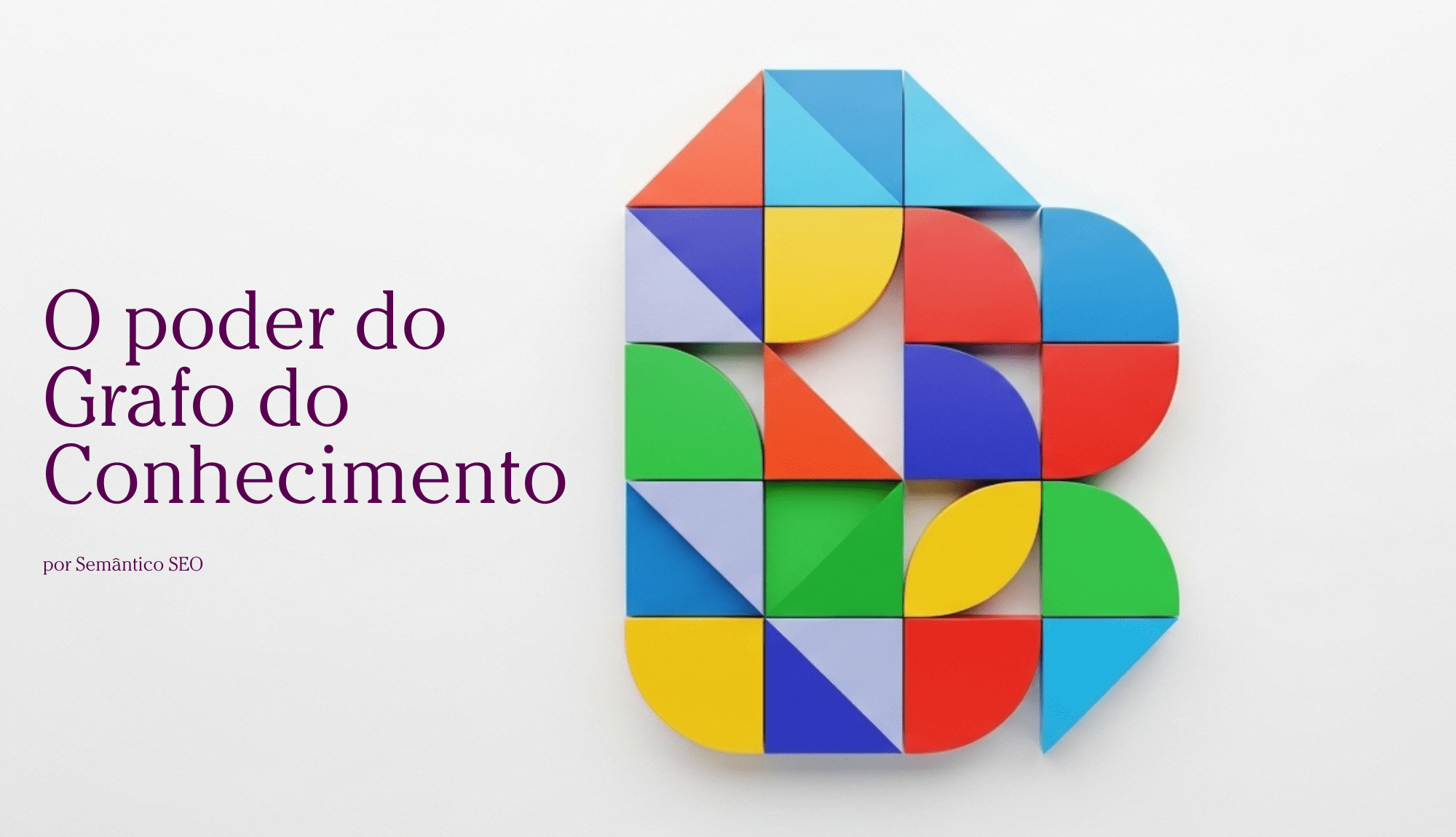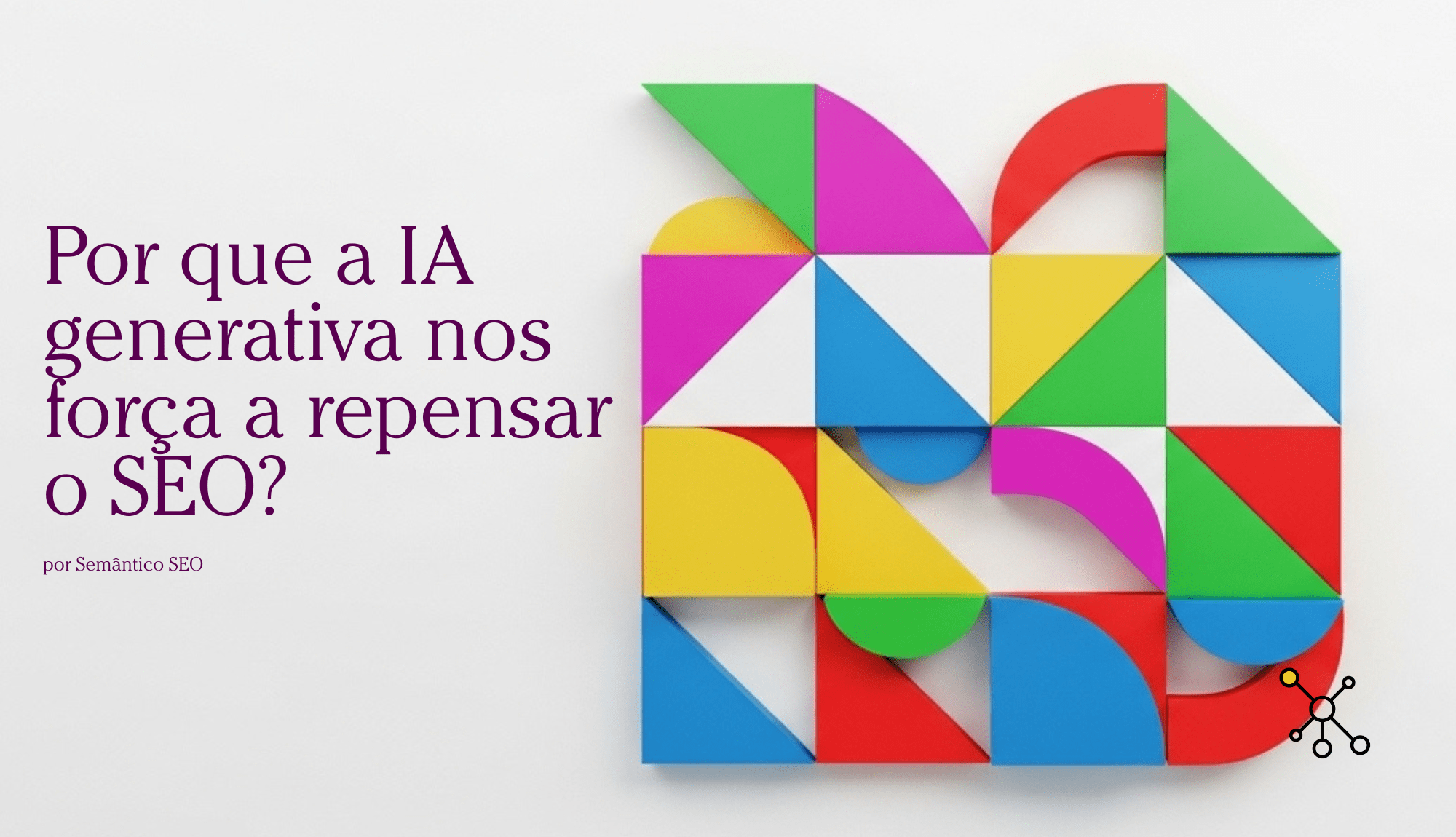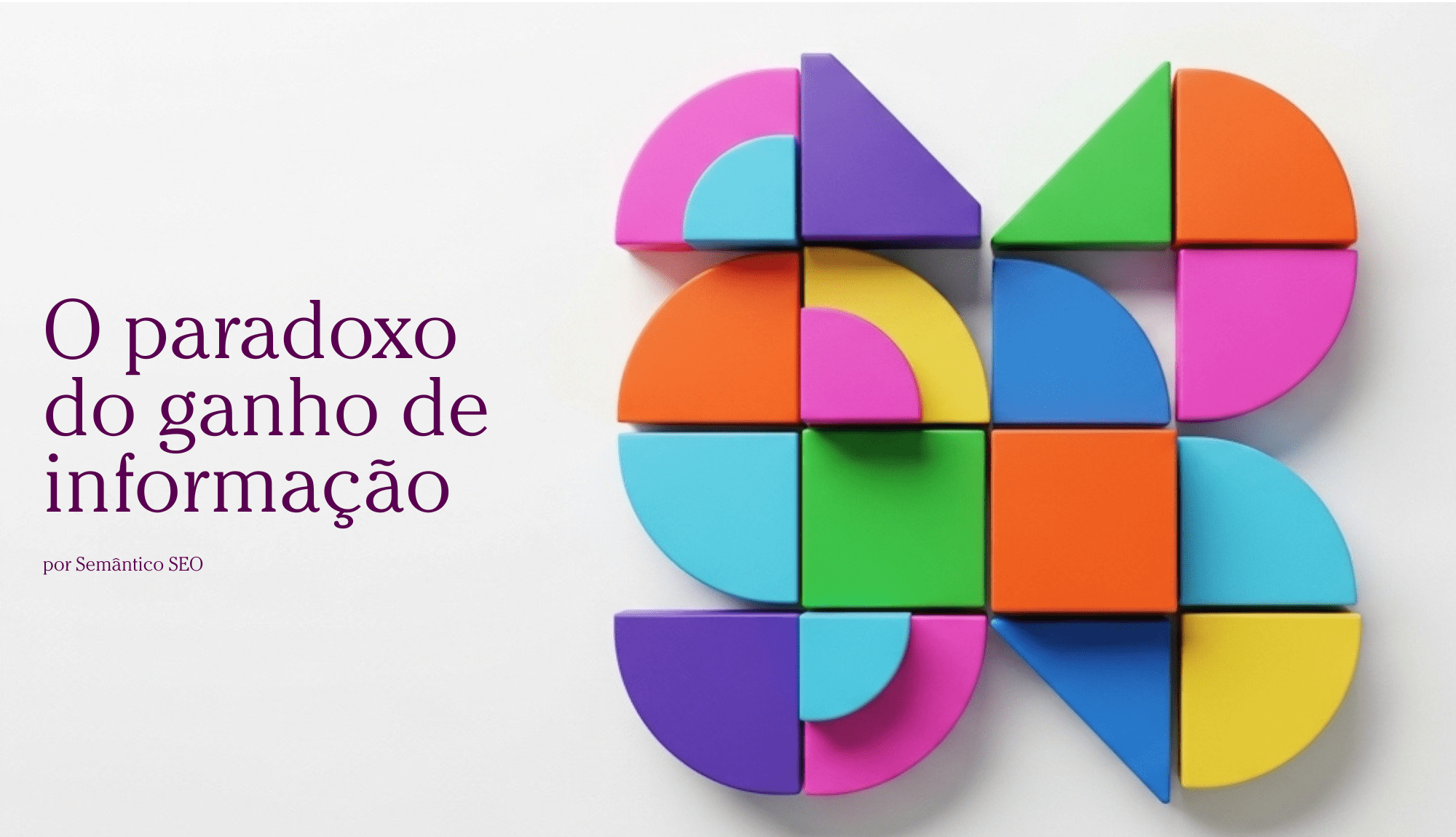The Power of the Knowledge Graph
At some point in the near future, you will encounter a knowledge graph data integration , providing data to those who need it over time.
At some point in the near future, you will come across a knowledge , also known as a knowledge chart, and you will understand its power. To help you use this power to your advantage, research
The extensive use of knowledge graphs users to be mapped onto an organized set of information that can provide the answers we want.
And that's why they will be so fundamental in the very near future.
Together with Google's NotebookLM, I prepared this audio summary of the content you've just started reading. It's a very interesting interpretation of how an Artificial Intelligence model understood my article.
The power of the Knowledge Graph.
Have you ever used platforms like Google Home, Siri, or Alexa? They are present on cell phones and computers all over the world, trying to answer the questions that billions of people ask every day.
These tools are equipped with different versions of knowledge graphs – a Knowledge Graph is an integrated collection of information about entities , which can contain a large number of links between the entities.
But what is a knowledge graph and what is its use?
According to Wikipedia , a knowledge graph is a knowledge base of the Google search system search with semantic search information .
With a graph, the model created to handle data can be as large, complex, and deep as you need it to be, because it deals with connections between complete and high-quality data, allowing the use of sparse and incomplete data, making them usable.
In summary, the knowledge graph uses patterns to describe the structure of information to support reasoning and inferences.
Graphs can have a predefined structure for node and edge properties , but loading them requires understanding which edges should be created and which nodes will interact with them.
But before we can start talking about the use cases of a knowledge graph in your organization, we need to discuss entities .
What is an entity?
Entities are the basic elements of a graph that can represent concepts , objects , things , or people . For those who remember their Portuguese classes in school, we can compare them to nouns.
Therefore, this type of graph graphically represents the relationships and connections between various concepts. They allow us to infer several things, such as:
- Which album does a song belong to, and what is the relationship between the composers of each song?
- How many clinical trials have used a particular research paper?
- How many projects is a given professional involved in at their company?
The creation of a knowledge graph can be described as a semantic web , a network that knows things by connecting a whole range of information, allowing that same network to support a search.
Knowledge graphs are powerful for several reasons.
When based on semantic patterns, they allow us to relate knowledge to language in an orderly manner.
There are several reasons that justify investing time and effort in creating a graph, including the increasing amount of information we need to handle to make decisions, the lack of standardization of this data, impacting its quality and, ultimately , the insights derived from it.
To solve these problems, we need to understand the structure that connects these entities, and the knowledge graph is currently the only implementable and sustainable way to do this.
Knowledge graphs for business analysis
Knowledge graphs are essential for many companies today: they provide the structured data and factual knowledge that guide many products and make them more "intelligent".
In general, a knowledge graph describes objects of interest and the connections between them.
For example, a graph might have nodes for a company project, the employees involved in that project, the director responsible for its execution, and so on. Each node could have properties such as each employee , their skills, and their time with the company, for example.
There may be nodes for multiple projects involving a given employee. The area director can then traverse the knowledge graph to gather information about all projects in which a given employee is involved, analyzing whether they are overloaded or not, inferring, for example, the reasons why they appeared or, if applicable, were targeted.
Language models combined with knowledge graphs are the future of research.
Bill Slawski, Dawn Anderson, Andrea Volpini, and Jason Barnard discuss the pros and cons of MUM and KELM and how they may affect the evolution of the Knowledge Graph.
More specifically, we will look at the relationship between language models, Google algorithms, and the Knowledge Map, and shed light on useful things we can do to improve our entities in the Knowledge Map using language (so, how language models and knowledge graphs interact).
Practical implementations of a graph in your business.
Many practical implementations impose restrictions on links in knowledge graphs by defining a schema or ontology .
For example, a link from a project to its manager should connect an object of type Project to an object of type BusinessDevelopment . In some cases, the links themselves may have their own properties: a link connecting an employee and a project may have the name of the specific task that the employee developed.
Similarly, using an example from outside the business , a link connecting a politician to a specific role in government might specify the time period during which the politician held that role.
Knowledge graphs and similar structures typically provide a shared substrate of knowledge within an organization, allowing different products and applications to utilize similar vocabulary and reuse definitions and descriptions created by others.
Furthermore, they typically provide a representation that developers can use to infer new facts and build knowledge – for example, using the graph connecting projects and managers to discover which employees frequently work on projects together.
To solve your company's information problems.
Use knowledge graph
But before harnessing the full power of a knowledge graph, it's necessary to acknowledge that there's a problem in companies:
The information is separated into silos.
The existence of multiple information silos or data silos (which are closely linked and may interact with each other) can be resolved using the strategy of creating graph layers.
It's possible to group all customer and purchase information, collecting everything in a graph that connects various groups to each other. Even while maintaining silos, we can group the information into product categories and different levels of product detail in layers.
Use knowledge graphs in business.
In a business environment, we can use graph structures because of a functionality that is so necessary in business analysis: connecting answers through links to related information.
But for a graph model to be functional within an organization, it is necessary that we can ask the questions in simple ways and then be guided by a process that recommends and suggests new ways to continue asking questions.
This pattern of questions that generate answers connected to new questions is, in my view, the greatest advantage of using a knowledge graph in companies.
Knowledge graph as an exploratory tool
Creating an environment for exploring information becomes useful when it is supported by advanced dashboards and applications that help us increase our productivity.
To achieve this, companies need to adopt an approach in which all their data can be integrated and linked into a large, coherent knowledge graph.
It is common to deal with projects composed of harmonized data originating from many distinct underlying systems, which continue to generate data uninterruptedly; hence the need to structure data using a graph.
Structuring this data is key to handling the enormous volume of information, with projects driven by documents of all types.
From a data lake to a knowledge graph.
This is a necessary step to make the data truly useful for the organization, and if your company migrates to this model, it will be achieving a higher level of data integration.
Graph query languages can express complex queries that can filter information precisely. Furthermore, graphs can also be explored by algorithms and automated analyses.
SQL database .
But beyond that, if you create a graph with semantic patterns, the queries can be more powerful. You can use the information about the structure to automate queries, algorithms, and analyses, making them intelligent.
This automation depends on co.com.br/o-que-sa
Voice-based systems and graphs
One of the reasons why voice and natural language-based systems are so powerful is that you and I can ask a question and get the answer. It's that simple.
The knowledge graph is there, but under the hood. So, when I receive an answer, the question has gone through the graph's structure, and the answer shows me its structure, represented in the complementary answers with links to related information.

The power of the Knowledge Graph: use it without moderation.
The knowledge graph is the process for creating, loading, updating, and querying, and these processes need to be scalable to prevent limitations, primarily technical ones, from determining the scope and reach of the graph.
With a graph project implemented in your organization, you will be able to identify the use cases for each knowledge and the benefits each one will generate. With this understanding, it will be possible to create the graphs in less time and continuously evolve their development.
This is extremely important for presenting users with a guided process for using the information described in the graphs we create, gradually expanding the scope of the data integrated into a knowledge graph, connecting through links between the graphs, making them increasingly useful.
It's also possible to create advanced applications and dashboards that generate high value for the organization, but to do that we need to expand data integration, providing data to those who need it over time.
Knowledge graphs simply help us do a better job.





Post comment